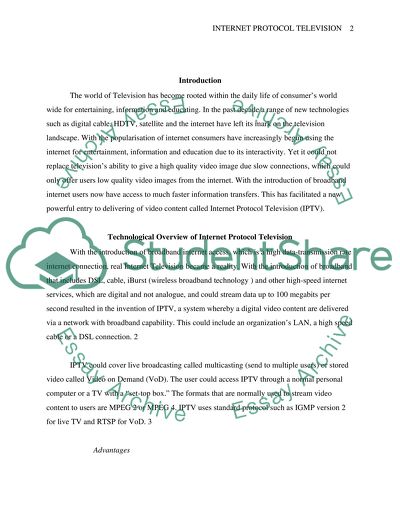Cite this document
(“Internet Protocol Television Essay Example | Topics and Well Written Essays - 2000 words”, n.d.)
Retrieved from https://studentshare.org/technology/1533449-internet-protocol-television
Retrieved from https://studentshare.org/technology/1533449-internet-protocol-television
(Internet Protocol Television Essay Example | Topics and Well Written Essays - 2000 Words)
https://studentshare.org/technology/1533449-internet-protocol-television.
https://studentshare.org/technology/1533449-internet-protocol-television.
“Internet Protocol Television Essay Example | Topics and Well Written Essays - 2000 Words”, n.d. https://studentshare.org/technology/1533449-internet-protocol-television.


